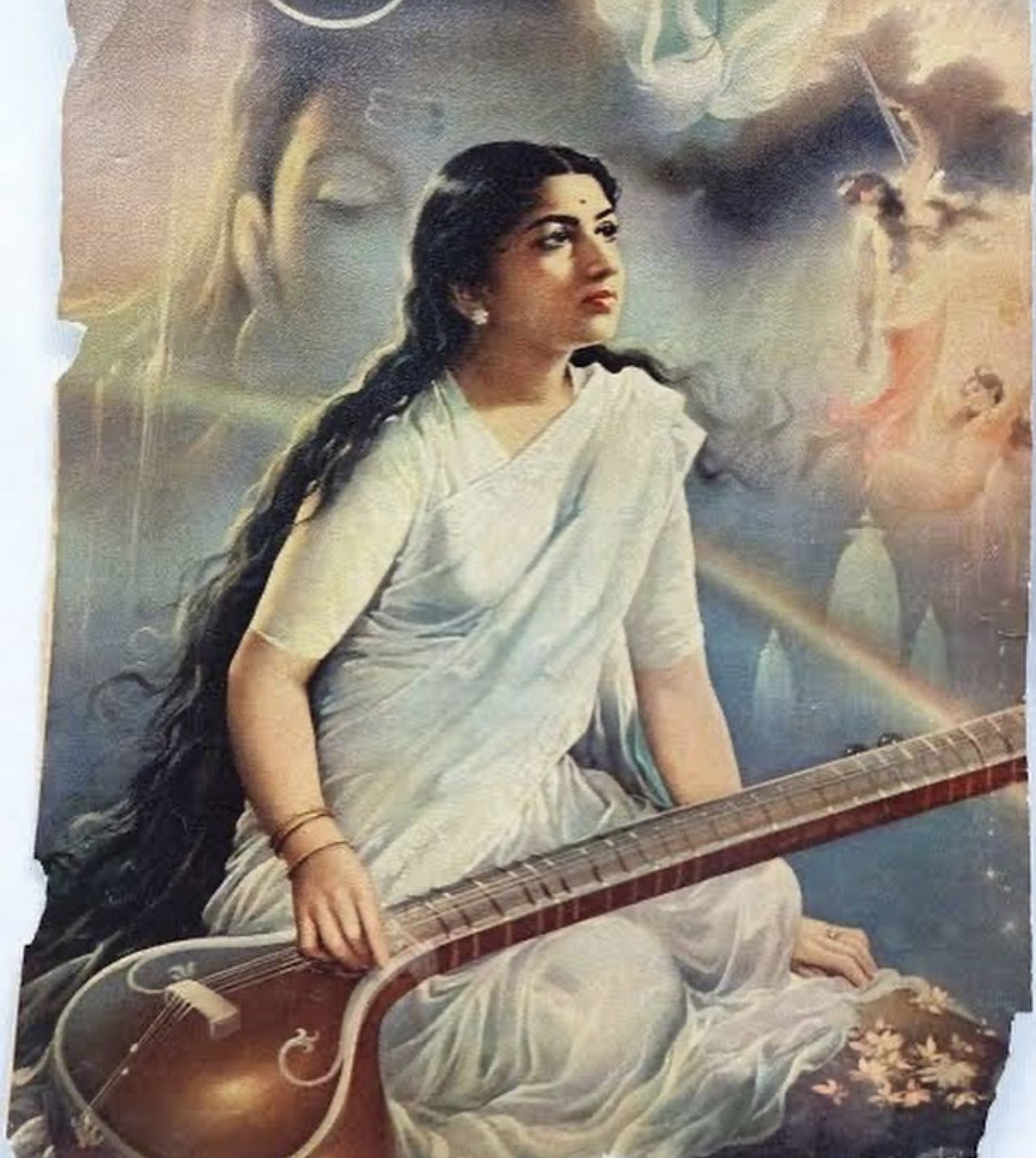Aneesh Sankarankutty’s photographs of wild elephant’s garner
Sankarankutty’s photographs of the elephant have won him acclaim. The Palakkad-based photographer has captured the animal in all its varied moods Aneesh Sankarankutty has waited for hours together to photograph an elephant that never showed up, likewise he has spent up to 10 hours watching an elephant or a herd. A no-show is never a disappointment, he says. There is the anticipation of the wait, of hearing its noises —ears flapping and branches breaking — “knowing that I am in the presence of the animal is enough.”
Since 2012-13 he has been photographing only jumbos, especially wild elephants. This year his photograph of Chinnathambi got him a special mention at the Nature In Focus (NiF) Photography Awards in the conservation issues category, he was a finalist at the Golden Turtle Wildlife Art & Photography Competition (Moscow) and in October, his photograph of one walking toward a railway track oblivious to an approaching train got him the second prize (joint) at the Sanctuary Wildlife Photography Awards.
That latter, shot at Kanjikode near Palakkad, is suspenseful, leaving one with the questions ‘did the elephant live?’
“Yes, it lives. It crossed the track in the nick of time, I still haven’t made up my mind if the animal was being brave or foolish,” says the Palakkad-based photographer over phone.
A year ago, when that moment presented itself, he was in the area, in Kanjikode, frequented by pachyderms. The image was purely by chance, he says, usually the animals wait for a train to pass.
An elephant decides whether to be seen or not, he believes. Aneesh agrees he has been lucky when it comes to seeing them. His photographs show an animal that is at ease with being captured on camera, the elephant lacks menace instead comes across as the proverbial gentle giant, the personality of each coming through.
The elephants in his frames are typically from areas around Palakkad, Nelliyampathy, Anamalai and Parambikulam. He doesn’t travel far looking for them. “When I return to the same places, clicking the same elephants I learn something about them. The changes in them, and also predict their behaviour to some extent.” Though he has read books on elephants, first-hand experience counts more and also inputs from close friends and mahouts. Over the years he has made many friends, elephant lovers like him. One such is Vinayan PA, from Wayanad, whose knowledge has been a resource.
The engineering graduate studied photography from the Light and Life Academy, Ooty, in 2010, after completing his degree course. “This was a few months before 3 Idiots,” he jokes. In the film, Farhan Qureshi essayed by Madhavan, quits engineering to pursue his dream and becomes a wildlife photographer. The time spent studying engineering helped him make up his mind about what he wanted to do and is thankful to his parents Sankarankutty V and Prema for their support.
When he started out he was, briefly, shooting wildlife. But such was his love for the animal that he with friend and fellow elephant lover Sreedhar Vijayakrishnan followed elephants and he found his calling. He says, “Sreedhar and I love elephants so much that if someone tells us there are five tigers in one place and a tusker elsewhere, we will choose the tusker. That is how much we love these animals.”
At the time captive elephants were his subjects, “they taught me a lot about wild elephants, for example how to identify elephants by looking at them. I can identify the tuskers that I have been following not so much the others.” Over the years there are those that he sees often, like the tusker at Nelliyampathy, which he has been seeing for the past nine years.
He likes everything about elephants and can spend 10 days just looking at one. He has even missed so-called perfect moments as a result, “I can’t stop looking at them,” says the 32-year-old who hails from Alathur, the reason he photographs them. One of his earliest memories of an elephant, perhaps the first one he saw through the viewfinder of a camera, as a six-year-old, is of Mangalamkunnu Ganapathy. Every year for around 24 years he clicked a photograph of the elephant, which died in May this year. A childhood spent around and watching captive elephants shaped his understanding of the animal to an extent. Via his blog, Aneesh has created a timeline chronicling Mangalamkunnu Ganapathy’s years from 1994 to 2019.
For someone who photographs wild elephants, he has few stories about being charged at or being frightened off by one. “It is better that an elephant knows that you are watching it, that someone is around. Surprising one is not a good idea. Once it knows of your presence, it will not be bothered. But I cannot generalise, each elephant is different from other, like human beings. Keeping a safe distance is important…it is a wild animal, get too close and you make it uncomfortable.”
For someone who started out clicking captive elephants, Aneesh cannot shoot them now as he is allergic to the dung of domesticated elephants. For this reason he gave the SreePoornathrayeesa temple festival a miss, despite the very tempting presence of 15 elephants. Aneesh believes that parading elephants at temple festivals is a part of Kerala’s culture and it shouldn’t be stopped. “What can be done is bring in changes keeping in mind factors such as changed climatic conditions. After all these are domesticated elephants, they cannot be let back into the forest.”
Using mobile phones to photograph wild elephants, especially selfies and videos, is a threat to the animal. “For the selfie you get very close to the animal scaring it and provoking an attack since it feels threatened. And at the end of the day the animal gets all the blame.”
Read More>> Please Subscribe our Physical Magazine
